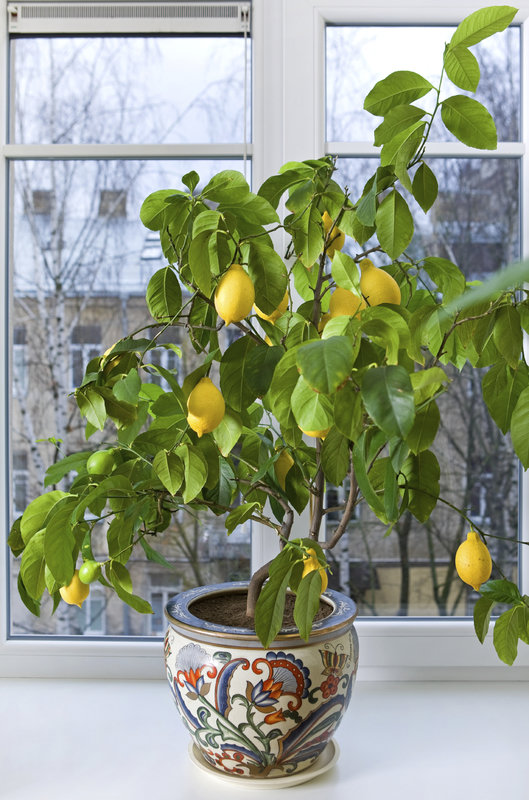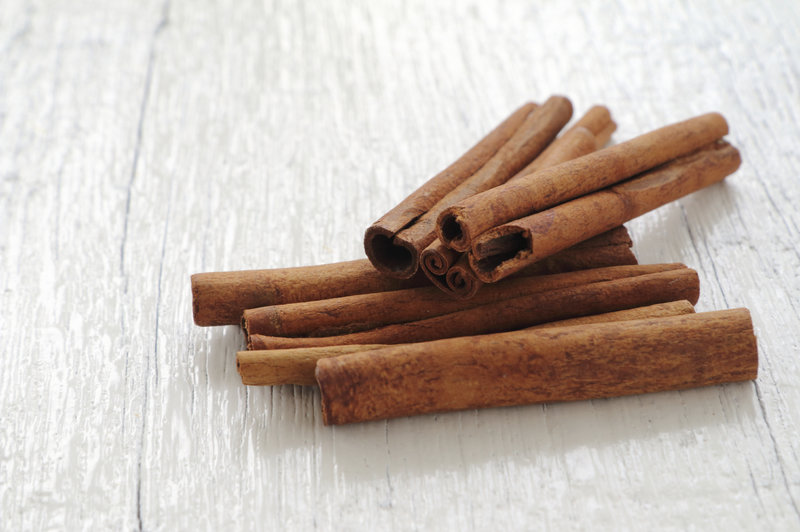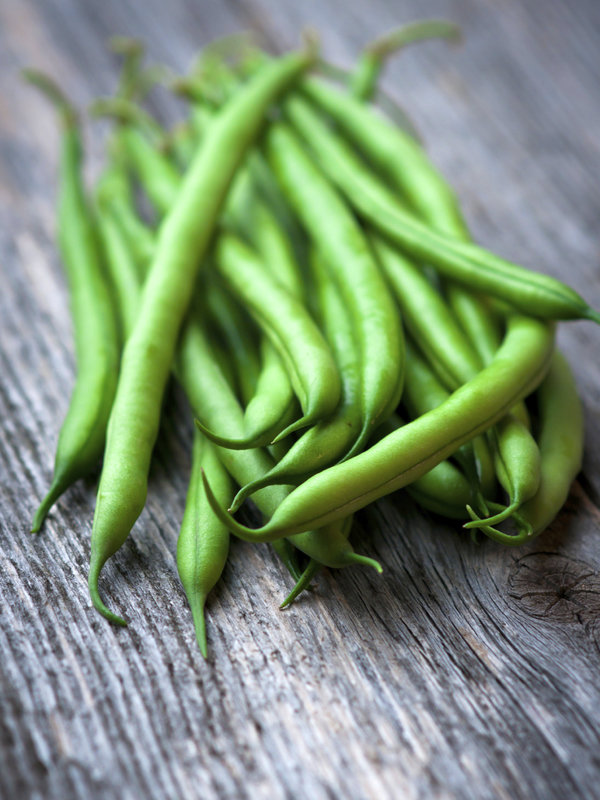Hope you're enjoying the last of your garden's treasures, because now that fall is here, it's time to say goodbye to homegrown fruit and veggies. It was nice knowin' ya! The growing season is definitely over.
OR IS IT??
True, growing most fruit and vegetables requires two things typically in short supply indoors: sunlight and space. So you're not likely to cultivate any prize beefsteak tomatoes and giant pumpkins in your house this winter, if that's what you were thinking.
Though maybe you read our handy little primer on growing your own pumpkins, which is fantastic if you did, because now you won't have to spend a bundle on your Halloween jack-o'-lanterns! If not, save it for next year. Just know that you definitely CAN still grow fruit and vegetables right in your own home in the cooler weather. Here's how…
Click through the slides below — wouldn't it be great to grow #5 & #10 in the kitchen instead of having to go to the store?

Image © iStock.com/mediaphotos © iStock.com/JZhuk
Citrus

Martha Stewart recommends the following for growing citrus indoors:
1. Buy a large pot with good drainage.
2. Get soil specially formulated for citrus.
3. Place your tree in a south-facing window. It will need eight to 12 hours of light a day.
4. Be sure to water regularly and use a water meter to make sure the soil is moist enough, but not too damp.
5. Run a humidifier near your trees to keep the air moist.
Cinnamon

You can grow your own cinnamon indoors with these tips from San Francisco Gate.
1. Plant in a well-drained pot with potting soil for African violets in a window that gets a lot of sunlight.
2. Let the plant's soil dry out (the top inch of soil) before watering. Be careful not to over-water. Mist in the winter to keep the plant moist.
3. Fertilize every two to three weeks from spring to fall, but not in the winter.
Papaya

Yes, really — you can grow papaya in your house!
1. You'll need a huge pot, two to three times the size of the root ball.
2. Make sure the soil can drain well, and water ever three to four days.
3. Mulch to keep the roots warm.
4. Feed with water-soluble fertilizer with equal parts nitrogen, potassium, and photsphate. Careful not to over-fertilize.
5. Martha Stewart recommends pruning back the large stems.
Herbs

One of the easiest edibles to grow inside are herbs. Here's our guide to growing your own indoor herb garden.
Salad Greens

Like herbs, salad greens are super easy to grow indoors. And frequently snipping at the leaves for lunch will keep the leaves coming back, so long as you cut just a few per plant at a time.
Mushrooms

You can grow mushrooms in your basement or right under the kitchen sink! Here's Better Homes and Gardens' guide to cultivating mushrooms.
Potatoes

We've all tried that trick of getting potatoes to sprout from the "eyes" — sometimes accidentally! But once that 'tater sprouts you can plant it, root-side down, in a pot at least 12 inches deep that allows for good draining.
Tomatoes

Under the right circumstances, you can grow tomatoes in your home over the winter.
More from The Stir: Plant an Indoor Vegetable Garden: Eat Healthy Year-Round
Chili Peppers

Growing chili peppers in the house is another tasty, practical idea — especially if you use small, ornamental peppers.
Dwarf Beans and Peas

You can grow peas and beans (especially dwarf varieties) in your windowsill if you install a trellis for the vines — which would also look beautiful!




